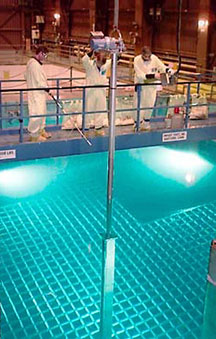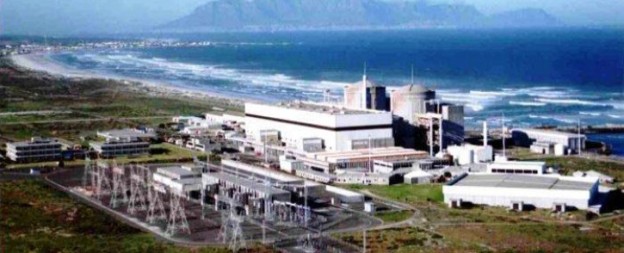“The Koeberg spent fuel pool storage capacity in South Africa is currently over 90% full. (These) pools will reach (their) capacity by April 2020,” Eskom, the South African utility, told Reuters in a statement on Nov. 25, 2019. Koeberg produces about 32 tonnes of spent fuel a year. Fuel assemblies, which contain radioactive materials including uranium and plutonium that can remain dangerous for thousands of years, are cooled for a decade under water in spent fuel pools.

In 2016, Eskom paid an estimated 200 million rand ($13.60 million) for an initial batch of seven reinforced dry storage casks from U.S. energy company Holtec International to help keep Koeberg running beyond 2018. Eskom now has nine new unused casks on site, each with an individual capacity of 32 spent fuel assemblies, with another five expected to be delivered soon.

The 14 casks should ensure there is sufficient storage in the spent fuel pool until 2024, Eskom said, ahead of a tender for an extra 30 casks….Anti-nuclear lobby group Earthlife Africa said South Africa could not afford the social, environmental and economic costs associated with nuclear waste. “We have a ticking bomb with high-level waste and fuel rods at Koeberg,” said Makoma Lekalakala, Earthlife Africa’s director.
Wendell Roelf, Waste storage at Africa’s only nuclear plant brimming, Reuters, Nov. 25, 2019
